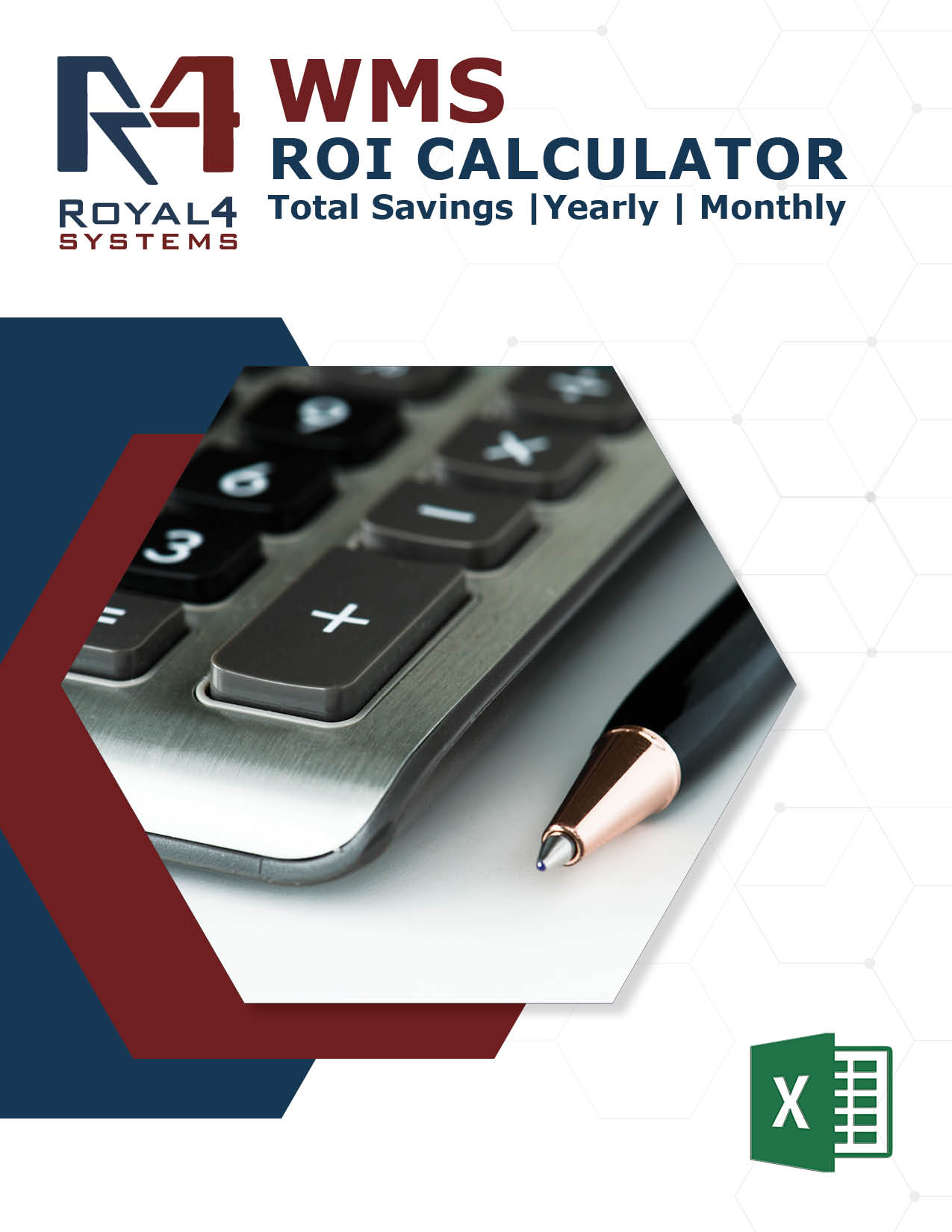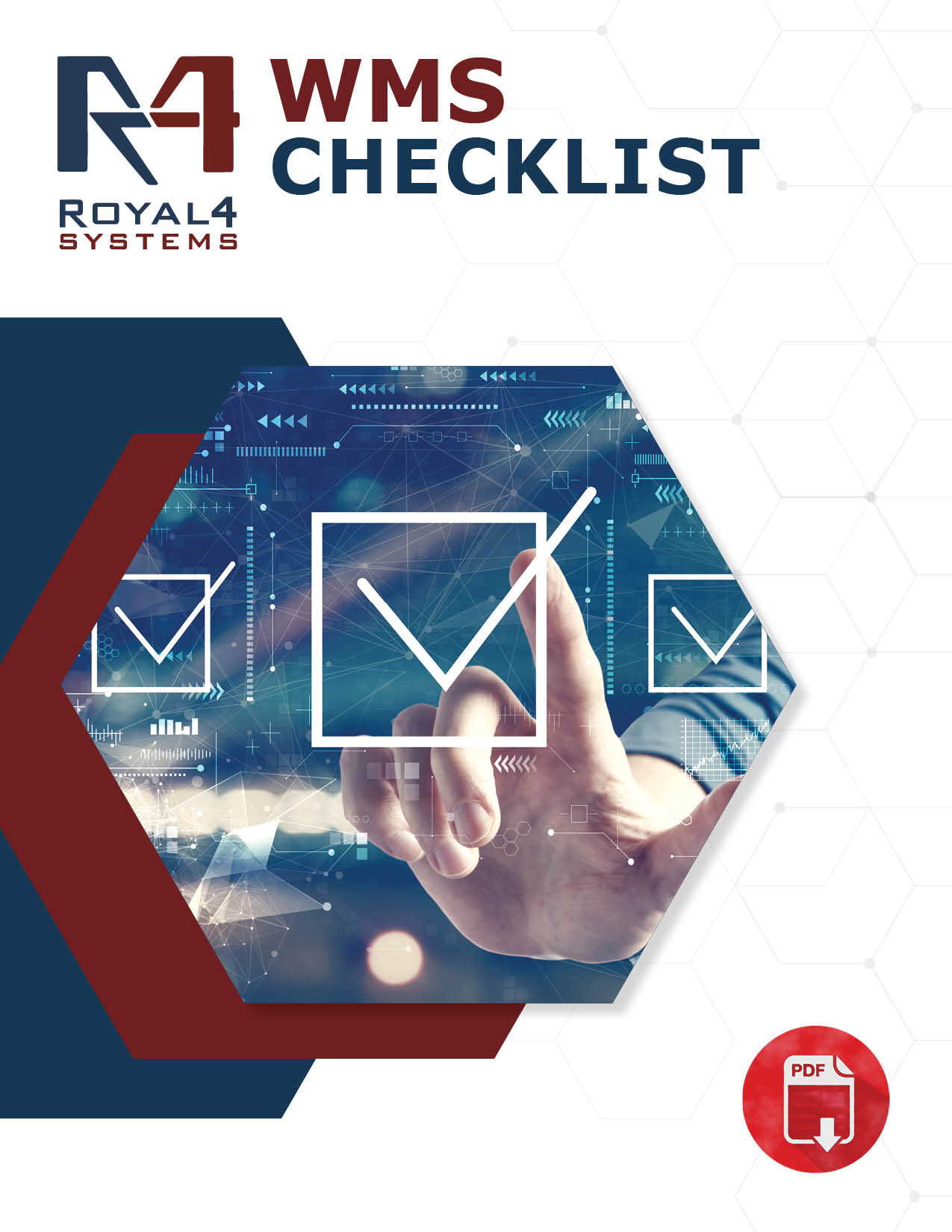
Other factors, like varied agreements, might also be problematic, along with different invoicing options. Make sure nothing is inaccurate or causes a problem. Numerous factors must be considered, and you must ensure that all jobs are completed promptly and correctly.
You might require a useful digital tool to organize things, but how can you make technology work in your favor, and how can it help your company? Let’s examine the main categories of accounting software and tools for third-party logistics providers and how to use digital solutions to resolve invoicing issues.
What is 3PL?
If you own a retail site, order fulfillment is crucial to your business’s operations. You could discover that processing client orders internally is no longer practical as your company expands.
Third-party logistics can help with that. With the help of 3PL Billing and Invoicing, a business can outsource operational logistics, from warehouse to distribution, freeing up your time to concentrate on other aspects of your organization.
There is a wide range of services that third-party logistics providers offer related to supply chain logistics. Logistics, storage, picking, packaging, inventory planning, order processing, shipping, and logistics services are all included.
The phrase “third-party logistics” may not have been used, but in the 1970s and 1980s, businesses started to outsource their incoming and outbound logistical needs to outside parties.
The term “3PL” has become commonplace due to the development and expansion of e-commerce in the 1990s and 2000s, and 3PLs have increased the scope of their offerings. Third-party logistics is the term used to describe the integrated supply chain of warehouse operations and transportation services.
3PL billing process
- Signing an agreement. You must establish an invoicing agreement with the client that includes all the specifics, including the frequency of invoicing, the services to be given, prices, special terms, and payment options. For information on your legal rights and duties, refer to Section 7 of the Uniform Commercial Code. You can also look up industry standards for contract terms and invoicing procedures from the International Warehouse Logistics Association (IWLA).
- Data gathering for transactions. After completing the services outlined in the contract, you compile data on all actions taken concerning that client, such as time and labor reports, work orders, receipts for purchases, order fulfillment reports, supplies reports, and so on. Value-added services are certainly included if you offer them.
- Calculation. Based on the billing agreements, you decide which services need to be invoiced and how much to charge. Some services, like storage, might be billed monthly; others (like choosing and packing) are often billed per item.
- Writing and sending in an invoice. Finally, you give your customer an invoice with a list of all the costs.
Principal 3PL Billing and Invoicing issues
1. Lack of consumer visibility
– Customers frequently inquire, “Why were we billed for this?” or “Exactly what is this bill for?” Customers must understand what they are buying. You cannot adequately deconstruct your rate quotations, provide the necessary information, or even certify the accuracy of the statistics if your invoicing is done manually or with out-of-date technologies. What a wonderful world it would be if you didn’t have to verify and explain every line item on the invoice!
2. Disjointed information
– Many operations are carried out in warehouses daily. If you don’t have a direct link between your warehouse management and billing processes to monitor and document every single activity, you’re more likely to overlook something. Of course, unbilled operations are those that go undetected. You don’t want to lose money, do you? No, as that implies lost revenue.
3. Timing delays
– In relation to the earlier issues, delayed billing is an irritating but common occurrence. In this situation, precision is required and not only a virtue. You may prove your dependability and earn your customers’ confidence and cooperation by delivering the appropriate bills to clients at the appropriate times.
4. Human errors
– Well, in light of all the problems we described with billing, this problem should be rather evident. The likelihood of errors is too great if computations are performed in Excel spreadsheets or on paper. As a result, you either lose money if you undercharge, or the consumer is unhappy with the extra expenses. Additionally, your accounting staff takes additional time since the documentation needs to be corrected and rewritten.
5. Varying client agreements
– Because every consumer is unique, you frequently need to provide a customized approach in order to win them over from your rivals. This leads to offering specific prices, making one-of-a-kind arrangements, and promoting exclusive discounts, but it also creates complexity when producing personalized bills.

How to improve your 3PL Billing and Invoicing management:
1. Automate your 3PL customers invoicing
Your 3PL billing administration operations may be automated to eliminate human interactions further. The next step is to develop rule sets to permit automatic 3PL customer billing once your shipping systems have been linked and your data has been gathered and standardized in your package tracking and business intelligence (BI) platform.
Not all 3PLs are identical regarding invoicing administration and invoicing procedures. Each corporation will have different carriers, pricing plans, customer agreements, and discounts because of their unique business requirements, increasing the complexity of the customer billing process.
This is why it’s crucial to have a logistic analytics tool capable of handling an infinite number of rulesets and quickly parsing millions of records.
By integrating their various business systems, 3PLs may better utilize their logistic analytics tool to generate client invoices and effectively handle payments by automatically pushing data back into the target system.
2. Bring your shipping tech stack together.
Complete systems integration throughout your parcel shipment tech stack is the first step to improving 3PL parcel analytics and invoicing processes. To exploit business-critical data, every system you use to deliver packages must be linked and provide data to your parcel analytics and BI platform.
Using a solid parcel analytics system that provides a single source of truth and allows data-driven decision-making by mapping data fields and importing complete shipping data regularly.
Aggregating and standardizing your data is the next phase in integrating the parcel delivery tech stack. Field or column names in data stored in TMS, WMS, OMS, and carrier systems frequently don’t match up. An account name in one file could be referred to as a customer name in another. Unless you use a solution that can normalize the data upon import, nonstandard fields across the data will cause enormous challenges with comprehension and analysis.
It’s crucial to choose parcel analytics and business intelligence platform that can accept data in various forms and change that data automatically during import.
Traditional parcel analytics technologies frequently need a rigid data import format, which places the responsibility of updating that data manually on a human resource. The tiniest of enterprises find this inefficient and time-consuming, but for significant shippers and 3PLs, human interfaces quickly create bottlenecks and difficulties across the shipping system. To increase productivity and decrease human touchpoints, make sure you’re utilizing a piece of advanced analytics that can ingest data from various sources and formats.
Benefits of using 3PL Billing and Invoicing
A 3PL supplier may be used with several benefits. The most significant benefit is that, by outsourcing these operations, you can concentrate on growing your business’s sales, marketing, and product line. You have additional resources and time after outsourcing 3PL. Here are a few other benefits:
- Improve the customer experience by meeting their expectations for regular next-day or same-day deliveries. Because you have access to the 3PL’s extensive distribution network, you can provide quick delivery regardless of where the order is being sent.
- Save money on expenses. Without operating your own space and employees, it might result in significant cost savings when it comes to storage. Additionally, firms that offer effective inventory forecasting may assist you in maximizing your stock levels and reducing the expense of keeping goods on hand.
- Ramp up or down when necessary. Demand varies throughout the year for most enterprises. You can control peaks and troughs more efficiently by using a 3PL rather than making unnecessary capital commitments.
Request a Demo
Need more information?
Solutions






![image001[25]](https://www.royal4.com/wp-content/uploads/2023/11/image00125.png)